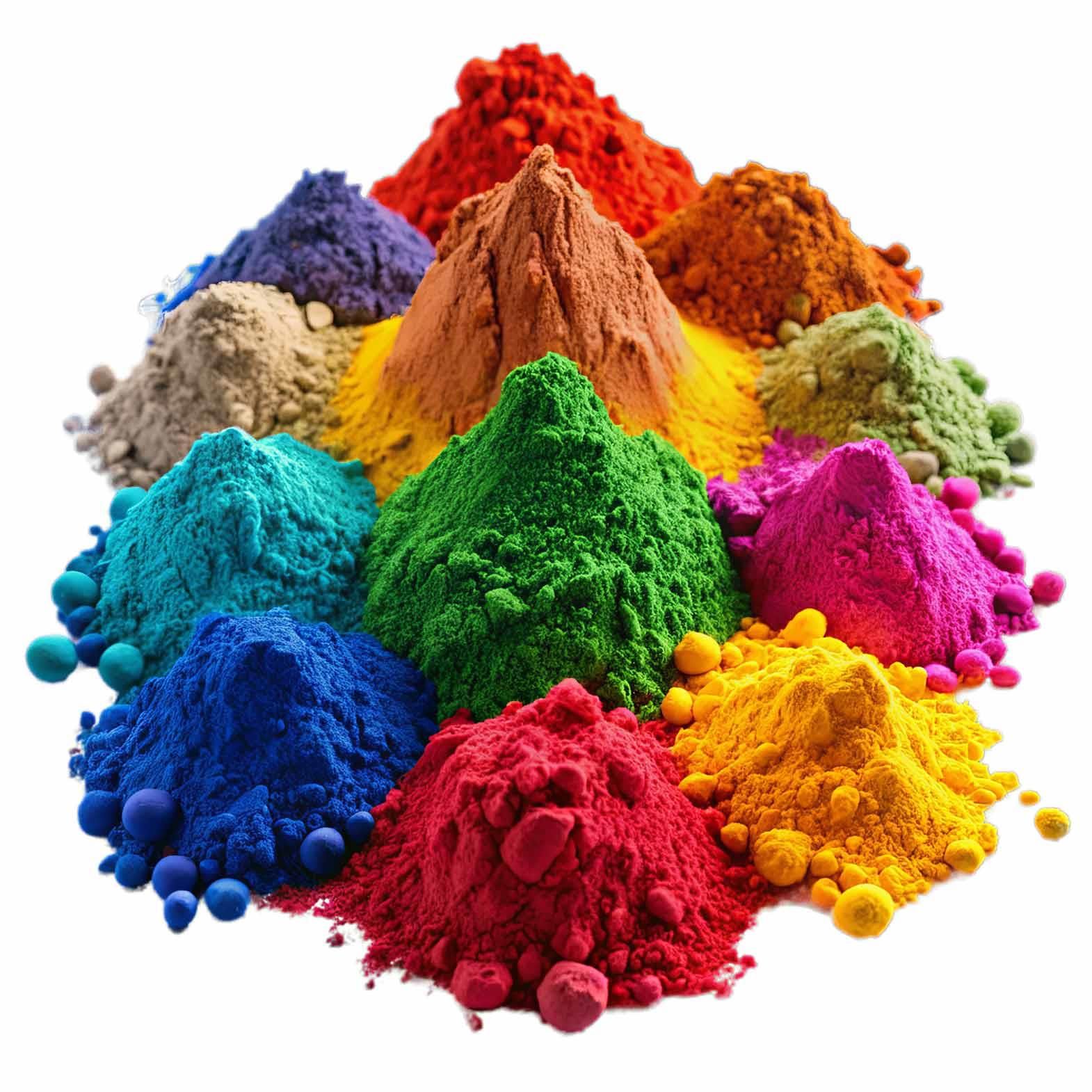The best guide to the dyeing performance of a reactive dye can be obtained from two sources of information: the SERF profile and migration properties under application conditions. The SERF profile is constructed by the determination of the substantivity factor, exhaustion factor, fixation percentage, and rate of fixation.
The performance of a reactive dye can also be defined by the Reactive Dye Compatibility Matrix (RCM). The critical measures of performance are the substantivity equilibrium (S), the migration index (Ml), the level dyeing factor (LDF), and an index of the reactivity of the dye (T50).
Evaluation of these four measures of performance provides a measure of the compatibility of the dye to provide right first-time production. Right first-time production is maximized if these fundamental measures of performance within the RCM are set at the following illustrated values:
There are two types of exhaustion that relate to the application of reactive dyes: primary exhaustion and secondary exhaustion. Primary exhaustion occurs before the addition of the alkali, while secondary exhaustion takes place after the addition of the alkali. Both the rate of exhaustion and the extent or degrees of exhaustion are important.
The rate of exhaustion can be increased by selecting dyes of high substantivity, increasing the temperature, and increasing the electrolyte concentration.
The degree of exhaustion can be increased by selecting dyes of high substantivity, lowering the temperature, and increasing the electrolyte concentration.
Levelness:
Levelness of dyeing may be inhibited by high substantivity, lower dye migration, too much salt in the dye bath, too high rate of exhaustion, too high concentration of alkali, a rapid shift of dye bath pH, too high rate of
Levelness can be achieved in two ways: either by controlling the rate of absorption so that a controlled absorption is obtained, or by using the migration properties of the dyes to compensate for the unevenness that has occurred during the early stages of the process. Controlled absorption can be obtained by salt dosing, alkali dosing, and/or controlling the rate of heating.
During the primary exhaustion, the dye is free to migrate. During the secondary exhaustion stage, dye migration is poor. For pale dyeing shades (less than 1 % o.w.f.) the degree of primary exhaustion is over 80% and the degree of secondary exhaustion is very small. Therefore control of the primary exhaustion stage is very important if level dyeing is to be obtained.
The rate of primary exhaustion is dependent on the amount of electrolyte used. Dosing or split addition of salt is recommended to obtain level dyeing. For medium shades, both primary and secondary exhaustion steps are important for obtaining level dyeing.
Both controlled salt and alkali addition are important in this case. In the case of deep shades, the all-in salt addition may be possible, but during the secondary exhaustion, alkali dosing is important. Dyes with high substantivity, low secondary exhaustion, and low MI (Migration Index) values require controlled addition of electrolyte after the addition of the dye. In contrast, dyes with low substantivity, high secondary exhaustion, and medium to high migration index values require precise control of liquor ratio, concentration of electrolyte, and addition profile of the fixation alkali.
Fixation and colour yield:
- There are various ways to increase fixation & colour yield which include:
- Use of fixation accelerators.
- Use of shorter liquor ratio.
- Dyeing at low temperature (with decreasing temperature the substantivity for fibre increases, causing increased exhaustion).
- Modification of chromophore and reactive group.
- Use of dyes with high substantivity and high reactivity.
- Treating cellulosic fibres with swelling agents.
- Modification in appearance techniques.
- Changing the morphology of fibre by chemical modification.
A uniform rise in rate of fixation can be obtained by: controlling the temperature of the dyeing process suitably (possible for hot dyeing dyes only); adding alkali in stages (it is virtually impossible, however, to prevent a sharp rise in fixation rate whenever alkali is added); starting with a weaker alkali such as soda ash, and following this with a stronger alkali, but only after a higher degree of fixation has been achieved; progressive metering of alkali (such as the Remazol automet process); and adding salt in stages (suitable for high substantivity dyes).
This article was originally published in the August issue of the magazine, New Cloth Market the complete textile magazines from textile technologists."








Comments